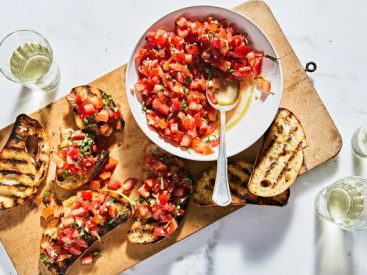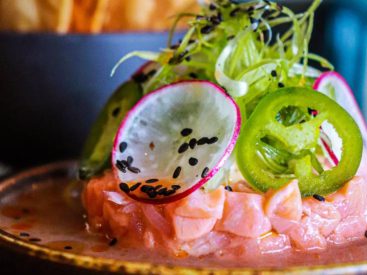Crispy Caper and Slow-roasted Tomato Pappardelle I want to be Tamar Haspel when I grow up. A seasoned science and health reporter, she writes “Unearthed,” an award-winning column published each month in “The Washington Post.” In these articles, Haspel pushes constructive conversation about divisive food, agriculture and nutrition issues. […]
Delicious!
Delicious!



